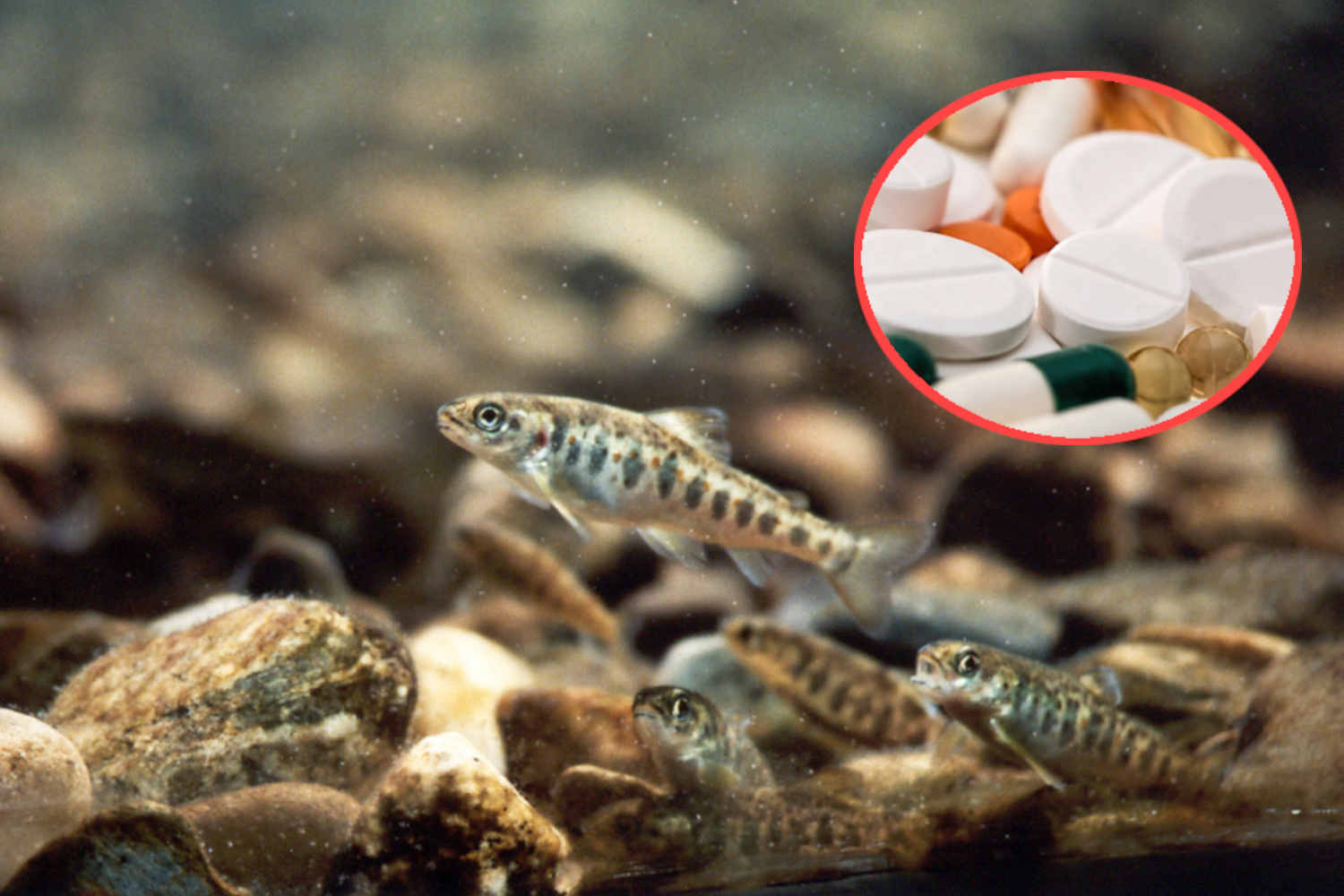A study has shown how pharmaceutical pollution alters the migration of salmon, making them swim faster and in a more individualistic and risky way

@Wikipedia Pixabay/Pexels
A new study from Sweden demonstrates how pharmaceutical pollution can play a major role in dictating the migratory behavior of young Atlantic salmon heading to the sea. The study, in the journal Science, is the largest field study to date on this topic.
Researchers administered a controlled dose of clobazam, an anti-anxiety and sedative drug present in waterways, to 279 salmon. This was administered through slow-release devices so that the effects of exposure could be tracked realistically. Tracking the fish on their 17-mile (28 km) journey from the Dal River to the Baltic Sea, scientists observed unforeseen behavioral changes.
Salmon exposed to the drug showed a more risk-taking and individualistic personality: they swam individually and aggressively charged at barriers along the journey, such as hydroelectric dams, in front of others. The characteristic led to a higher success rate to reach the sea, but experts caution that this is not an ecological advantage. Deviation from natural behavior can have paramount implications on the ecosystem.
Psychoactive drugs are of special concern
Atlantic salmon, which the IUCN has listed as a threatened species in certain regions of Europe, make this migration to obtain open waters on which they feed and mature prior to spawning again inside rivers. Disrupting such a life cycle in terms of pharmaceutical impact can jeopardize the survival of the species.
Pharmaceutical contamination of water is due to drug production, consumption, and elimination, the study authors say. Over 900 different substances have been found in rivers and lakes around the world so far. Psychoactive drugs, such as anxiolytics, antidepressants, and analgesics, are of particular interest since they can alter the brain activity of animals.
Despite advancements in high-tech purification technology, few countries have implemented effective systems to curb this form of pollution. Stricter regulation, public infrastructure investment, and green chemistry technology—technology to produce more degradable and fewer persistent drugs—are essential. This study is an alert to the rising, latent impact of drugs on the environment.
Source: Science
